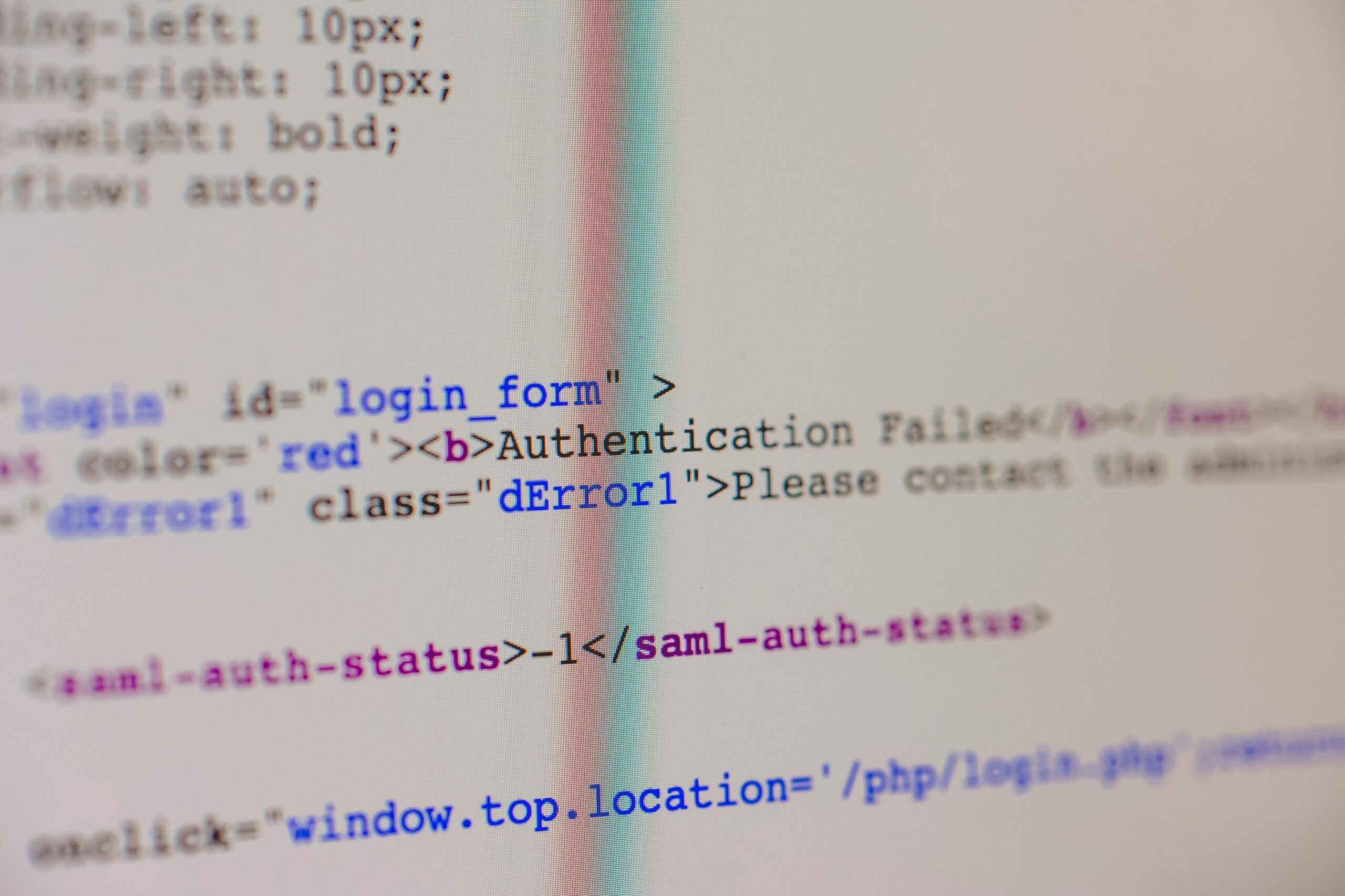Encountering an HTTP 500 Internal Server Error on your WordPress site can be frustrating and daunting. This error is a general-purpose message indicating that something has gone wrong on the website’s server, but the server could not be more specific on the exact problem. If you’re running a WordPress site and encountering this error, don’t worry! In this blog, we’ll guide you through a step-by-step process to troubleshoot and fix the issue. Understanding what might be causing your WordPress site to experience this error is the first step toward solving it.
What does an HTTP 500 Internal Server Error mean?
An HTTP 500 Internal Server Error means something went wrong on the website’s server, but the server can’t be more specific about the exact problem. It’s a general error when no more specific error message is appropriate.
What Causes HTTP 500 Internal Server Error?
The HTTP 500 Internal Server Error can be caused by several issues, including but not limited to:
- Corrupted .htaccess file
- Exhausted PHP memory limit
- Problematic plugin or theme functions
- Corrupted WordPress core files
Step-by-Step Guide to Fixing HTTP 500 Internal Server Error
Step 1: Back Up Your Site
Before you attempt any fixes, it’s crucial to back up your website. This ensures that you can restore your site to its former state if something goes wrong while trying to fix the error.
Step 2: Check for Corrupted .htaccess File
One common cause of the HTTP 500 error is a corrupted .htaccess file. This file is used to control high-level configurations on your server.
How to Fix:
- Connect to your site via FTP or cPanel File Manager.
- Navigate to the root directory where WordPress is installed.
- Locate the .htaccess file and rename it (e.g., .htaccess_old).
- Try reloading your site to see if the error is resolved.
- If your site works, go to your WordPress dashboard, navigate to Settings > Permalinks, and click Save without making any changes. This will generate a new .htaccess file.
Step 3: Increase the PHP Memory Limit
Insufficient memory can also cause an HTTP 500 error. Increasing the PHP memory limit might help resolve it.
- Edit the wp-config.php File: This file is also in your site’s root directory. Open it via FTP and add the following line just before /* That’s all, stop editing! Happy blogging. */:
define(‘WP_MEMORY_LIMIT’, ‘256M’);
This increases the PHP memory limit to 256MB, which should be sufficient for most sites.
- Check Your Site: After saving the changes, visit your site to see if the error is resolved.
Step 4: Deactivate All Plugins
If the error persists, a plugin could be the cause. To check this:
- Deactivate All Plugins: Access your site via FTP and navigate to the /wp-content/ directory. Rename the plugins folder to something like plugins_old. This deactivates all plugins.
- Check Your Site: If your site is working, one of the plugins was causing the issue.
- Identify the Culprit: Change the plugin directory back to plugins. Then, in your WordPress dashboard, reactivate each plugin individually, checking your site after each activation. When you see the error again, the last plugin you activated is the problem.
Step 5: Switch to a Default Theme
If deactivating plugins doesn’t solve the issue, your theme might be the problem.
- Switch Themes: Go to your WordPress dashboard, Appearance > Themes. Activate one of the default WordPress themes, like Twenty Twenty-One.
- Check Your Site: If your site returns to normal, the theme is causing the error.
Step 6: Check File Permissions
Incorrect file permissions can also lead to HTTP 500 errors.
- Check Permissions: Using FTP, check the permissions of your files and folders. Files should be 644 or 640, and directories should be 755 or 750.
- Correct Permissions: If permissions are set incorrectly, change them using your FTP client.
Step 7: Reinstall WordPress
If none of the above steps work, consider reinstalling WordPress. You can do this from the WordPress dashboard under Dashboard > Updates. Click on the ‘Reinstall Now’ button.
Step 8: Contact Your Hosting Provider
If all else fails, the issue might be with the server itself. Contact your hosting provider for further assistance. They can check server logs that detail errors and server resources, which can pinpoint the reason for the error.
Conclusion
The HTTP 500 Internal Server Error in WordPress is a common issue that can result from various factors. By following these steps—checking the .htaccess file, increasing PHP memory limits, deactivating plugins and themes, checking file permissions, or even reinstalling WordPress—you can identify and likely resolve the problem. Always back up your site before making any changes, and don’t hesitate to contact your hosting provider for help if you cannot resolve the issue on your own.





